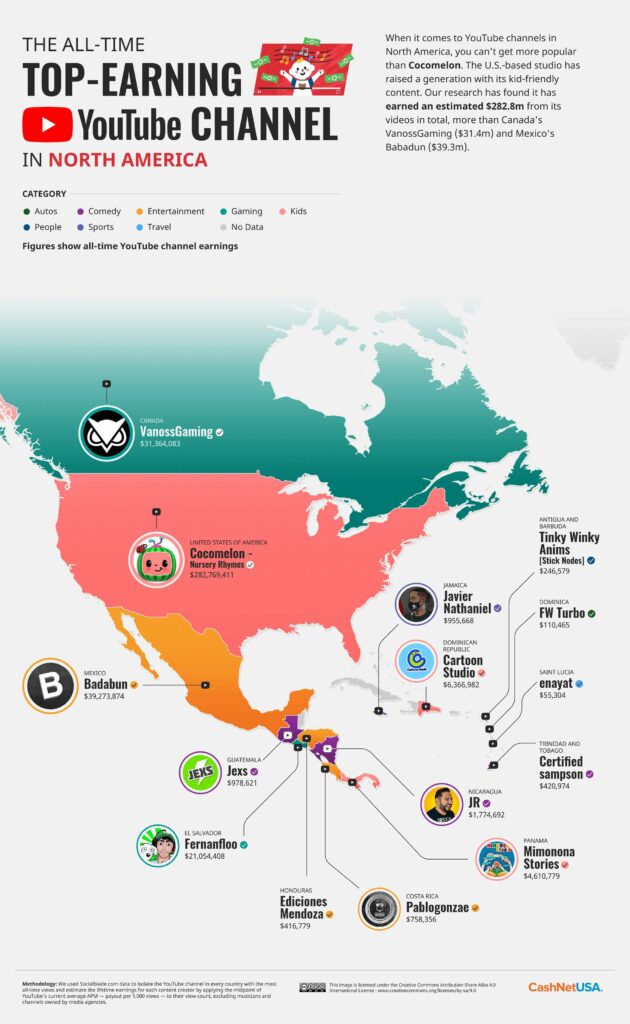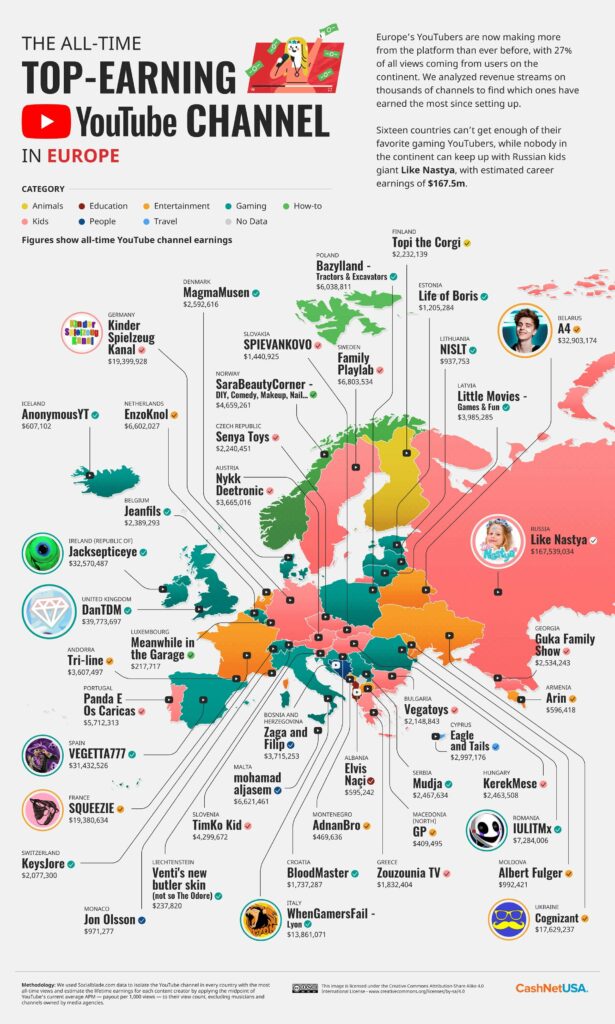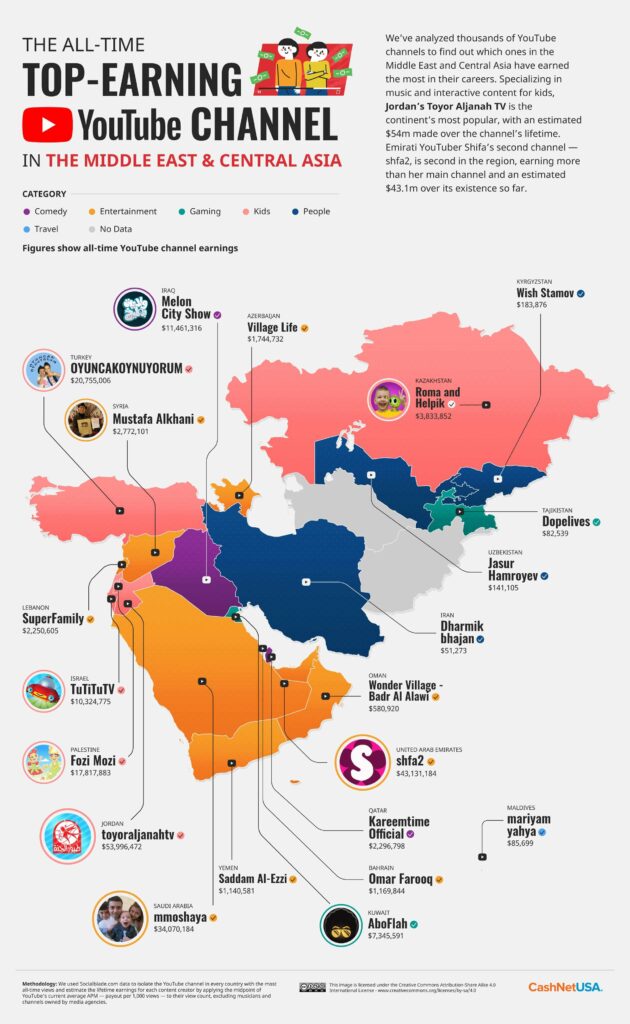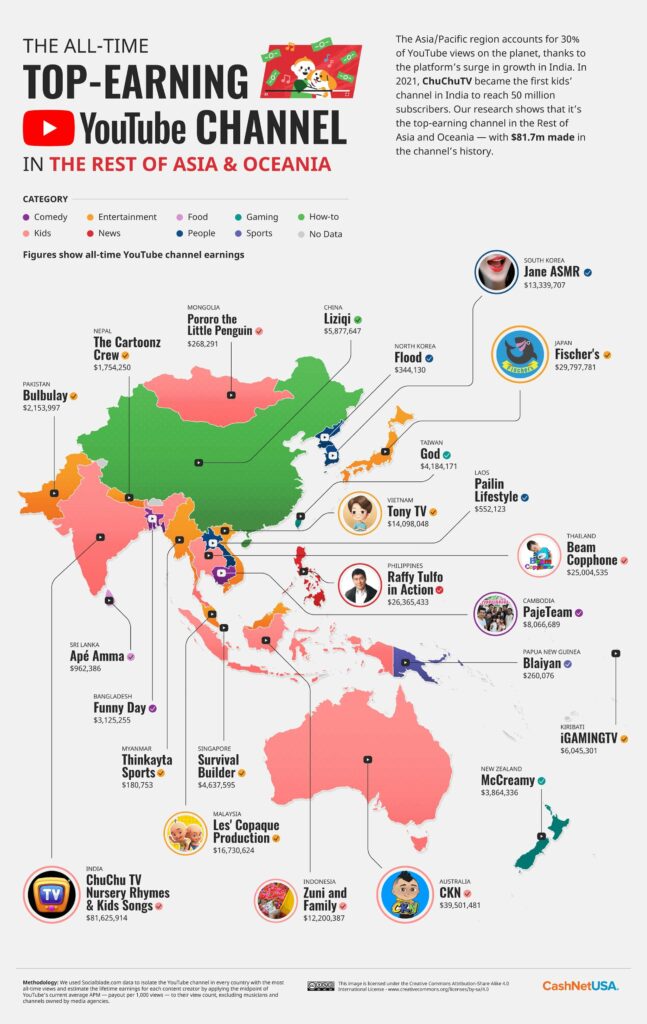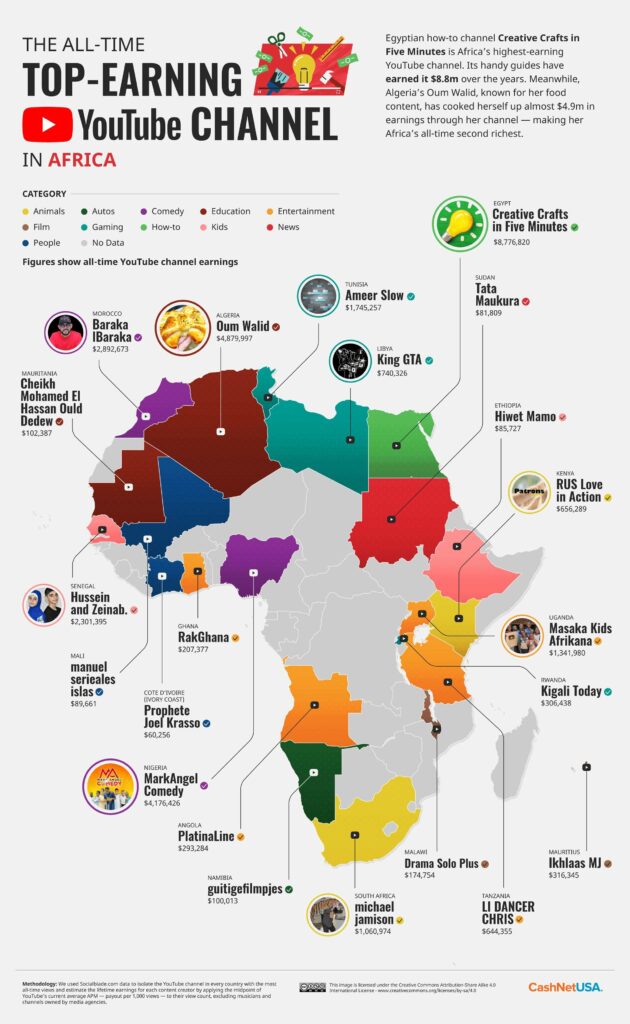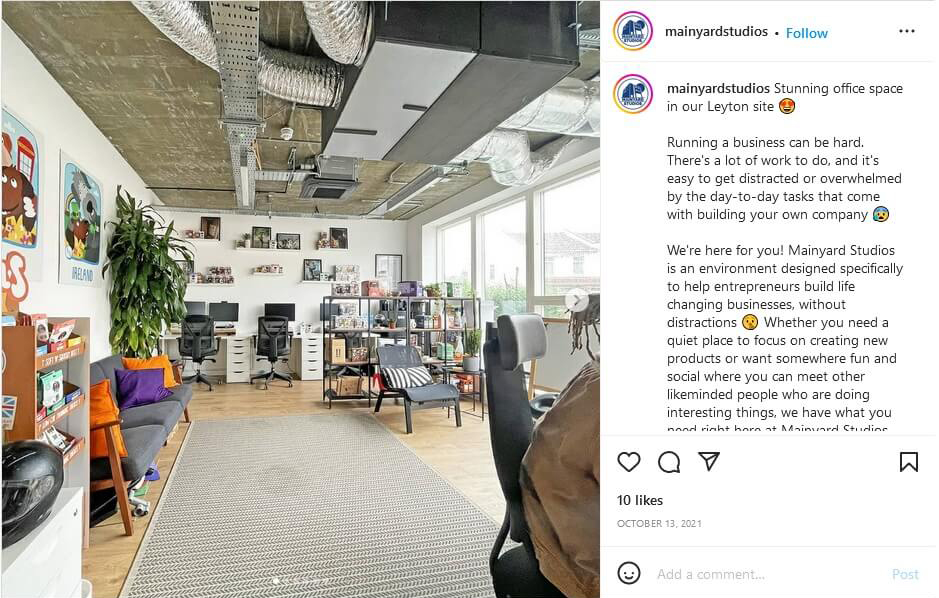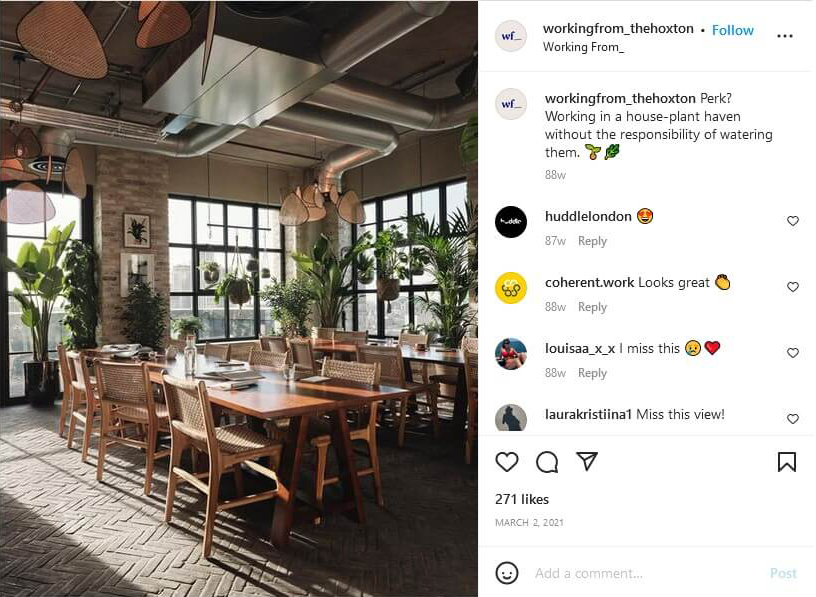
Influencer Speaker
Looking for an Influencer Speaker? Here’s Why Gordon Glenister is Your Best Choice
Finding the right influencer speaker for your event can make all the difference. Whether you’re hosting a marketing summit, corporate gathering, or industry conference, you need someone who can captivate your audience while delivering valuable, actionable insights. If you’re searching for the perfect speaker, look no further than Gordon Glenister.
Why Choose Gordon Glenister as Your Influencer Speaker?
Gordon Glenister isn’t just a speaker—he is a leading authority in influencer marketing, a global podcast host, and an influencer himself. His dynamic presence, deep industry knowledge, and ability to engage audiences make him the ideal choice for your next event. Here’s why:
1. A Thought Leader in Influencer Marketing
Gordon Glenister is an influencer marketing expert with years of experience working with brands, agencies, and content creators. As the author of "Influencer Marketing Strategy", he has a profound understanding of the industry and regularly advises businesses on the latest trends and best practices.
2. Host of the Global Influence Podcast
One of the most distinguishing factors of Gordon Glenister is his Global Influence Podcast, where he interviews top influencers, industry leaders, and marketing professionals. His podcast reaches thousands of listeners worldwide, positioning him as a go-to expert in the field of influence and personal branding.
3. Access to Over 100 Million Influencers
Through his cutting-edge tech solution, Gordon has direct access to over 100 million influencers across different platforms and industries. This gives him unique insights into influencer trends, campaign successes, and the power of influence across various sectors. If you want a speaker with unparalleled industry access and knowledge, Gordon is your best bet.
4. VIP Executive Influence Program
Beyond just speaking, Gordon runs an exclusive VIP Executive Influence Program designed to help leaders become key persons of influence in their respective industries. His expertise in building personal brands and establishing thought leadership makes him an ideal guide for executives looking to expand their reach and credibility.
5. A Proven Track Record with Over 300 Events
Gordon has spoken at over 300 events in the past few years, wowing audiences with his energy, storytelling, and deep industry knowledge. He knows how to engage crowds, keep them excited, and leave them inspired with actionable strategies they can use to redefine their influence.
Topics Gordon Glenister Covers as an Influencer Speaker
Gordon delivers impactful keynote speeches on a range of topics, including:
• How to Build and Monetize Your Personal Brand
• The Future of Influencer Marketing and Emerging Trends
• Leveraging Influence for Business Growth and Thought Leadership
• How to Identify and Work with the Right Influencers
• The Secrets Behind High-Impact Influencer Campaigns
Make Your Event Unforgettable with Gordon Glenister
If you’re looking for an influencer speaker who can truly inspire, educate, and energize your audience, Gordon Glenister is the speaker you need. His unmatched industry insights, global network, and personal experience as an influencer make him an exceptional choice for any event.
Don’t settle for an average speaker—choose Gordon Glenister, the influencer marketing expert who will leave your audience buzzing with excitement and armed with powerful strategies to amplify their influence.
Book Gordon Glenister today and take your event to the next level!
About the Author:
Gordon Glenister is an international expert on influencer marketing and membership. As 11 years at the helm of leading trade association, he has been instrumental in the setting up of the influencer channel of the Branded Content Marketing Association and also the Meetings and Events Support Association.





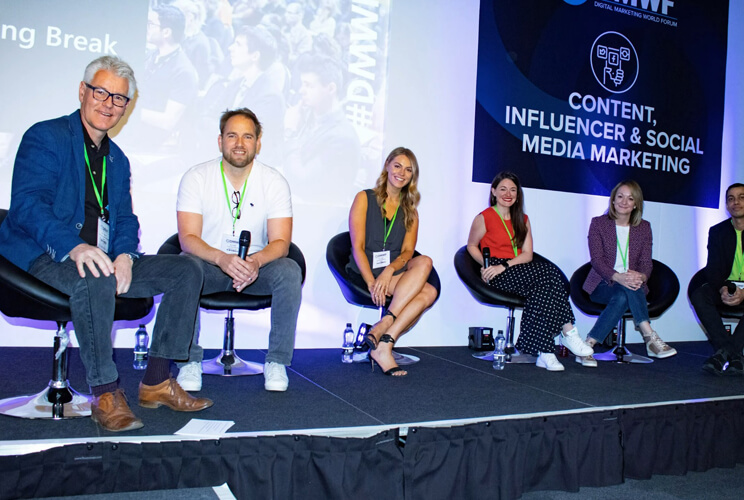





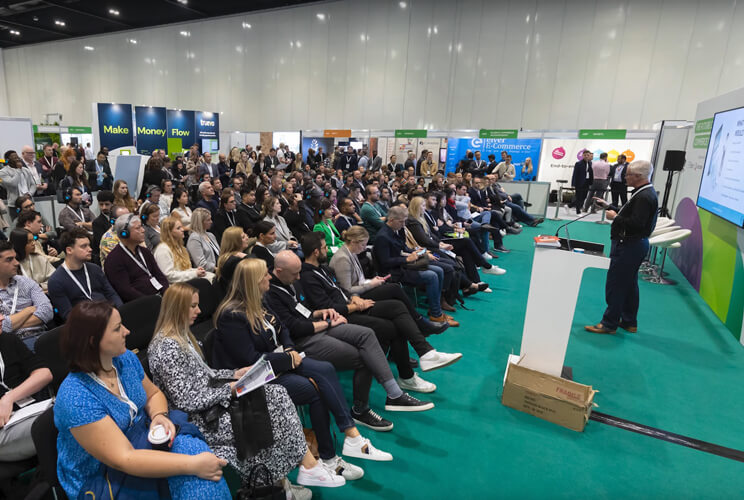
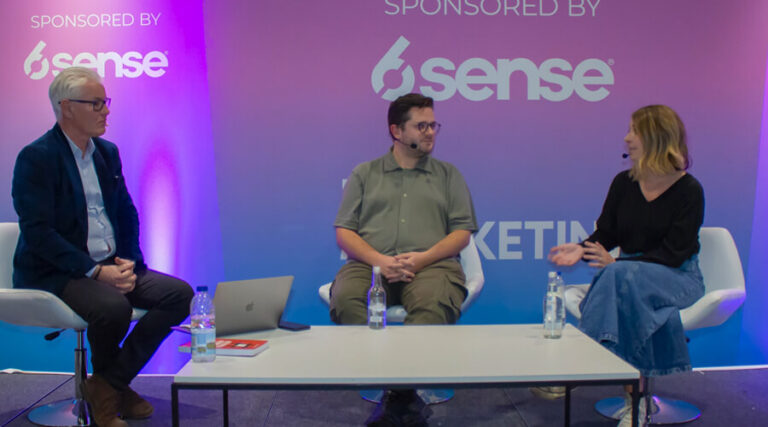

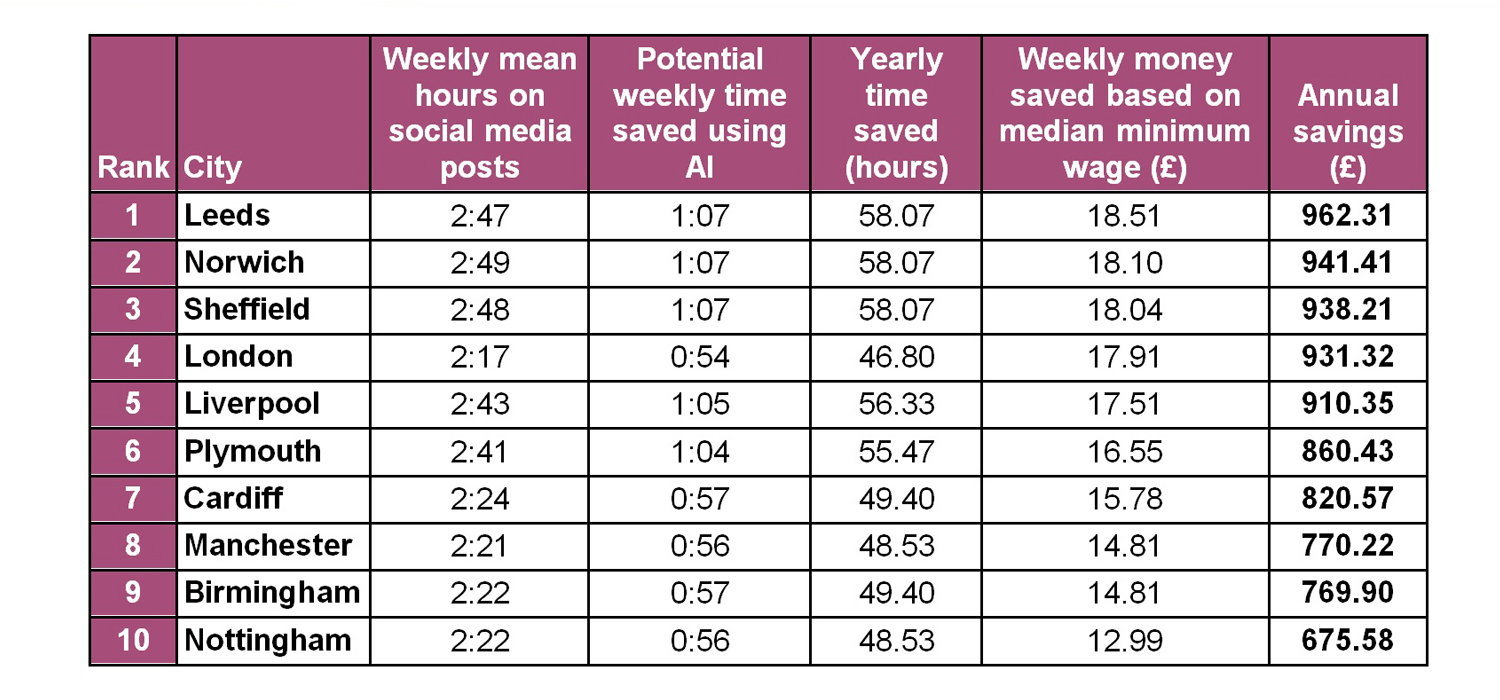





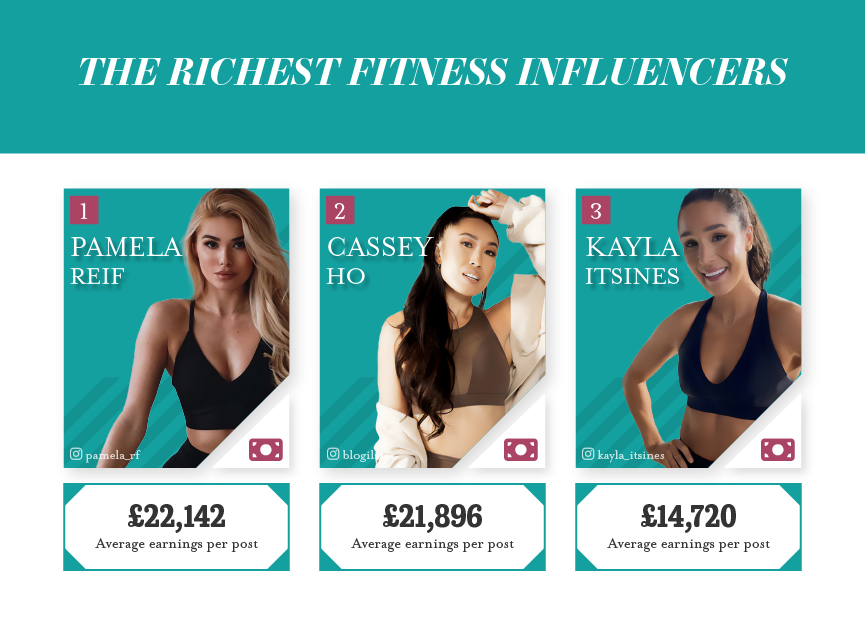 1. Pamela Raif
1. Pamela Raif
 1. Demi Bagby
1. Demi Bagby 1. Kayla Itsines
1. Kayla Itsines 1. Raul Diaz
1. Raul Diaz 
 1. Pamela Reif
1. Pamela Reif 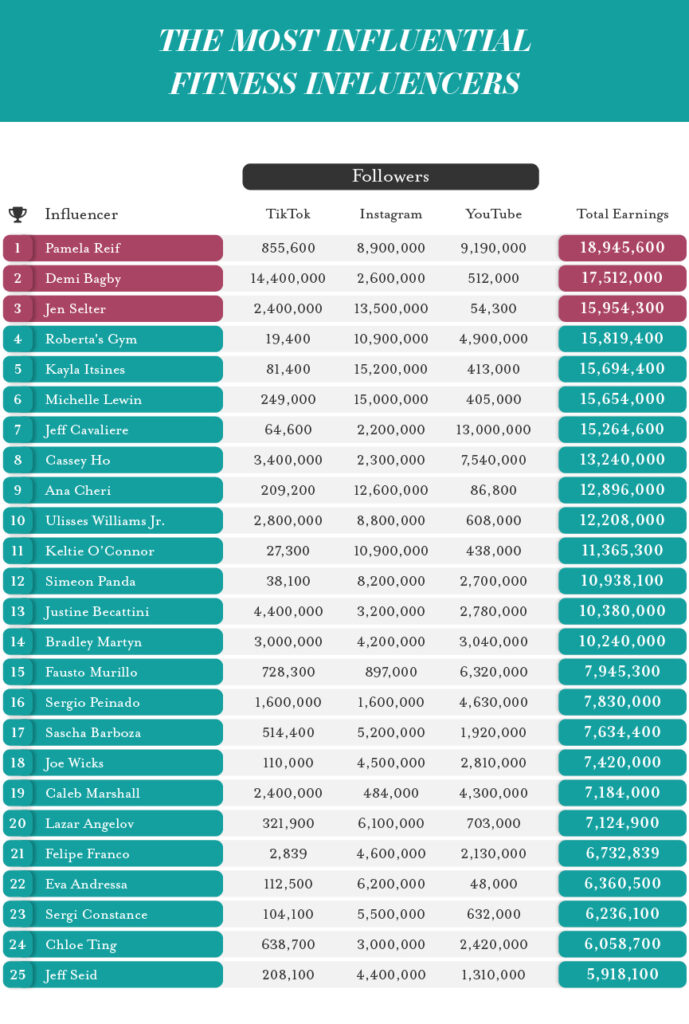

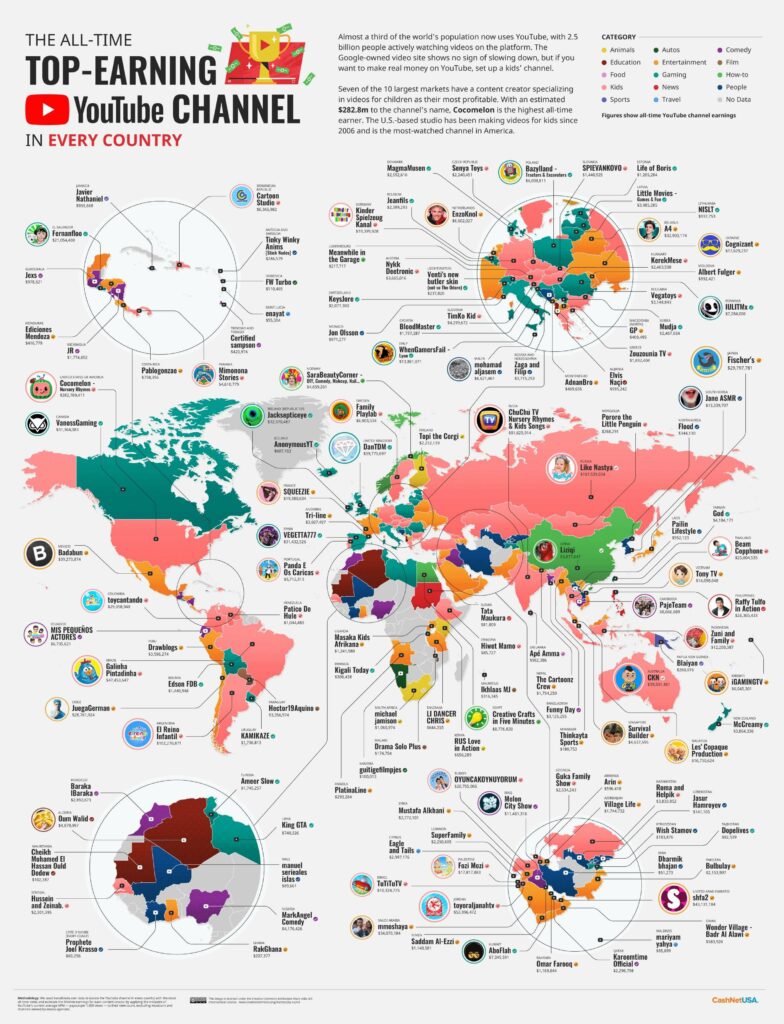
 Source:
Source: 